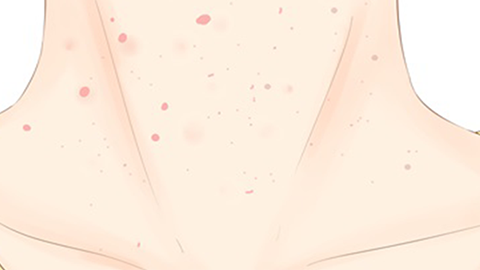What happens if filiform warts are left untreated?
Generally, if not treated in a timely manner, filiform warts may not only affect appearance but also lead to health problems, mainly including an increase in the number of warts, transmission to others, localized discomfort, increased risk of skin damage and infection, and a very low possibility of malignant transformation. A detailed explanation is as follows:

1. Increased number of warts: Filiform warts are caused by infection with the human papillomavirus (HPV), which continuously replicates on the skin surface. If left untreated, the virus will continue to spread, causing existing warts to gradually enlarge and new warts to appear on other parts of the body.
2. Transmission to others: The human papillomavirus can spread via direct or indirect contact. Individuals with untreated filiform warts may transfer the virus to others through handshakes or sharing towels, clothing, or other personal items. Particularly when others have skin injuries, infection can easily occur.
3. Localized discomfort: As warts grow, they may cause localized discomfort due to friction. Warts on the neck that are rubbed by collars may cause mild pain, itching, or swelling. Warts on the eyelids may irritate the eyeball and cause a foreign body sensation.
4. Increased risk of skin damage and infection: Filiform warts are fragile and prone to injury and bleeding during daily activities. If the wound is not promptly cleaned, bacteria may invade and cause infection, leading to symptoms such as redness, swelling, and pus formation at the affected site.
5. Very low possibility of malignant transformation: Although filiform warts are mostly benign growths, long-term neglect and continuous viral stimulation, repeated friction, or tissue damage may, in rare cases, lead to malignant changes, potentially progressing to precancerous lesions or skin cancer.
Once filiform warts are detected, it is recommended to take prompt and appropriate treatment measures, maintain good personal hygiene, and avoid sharing personal items with others to reduce the risk of virus transmission and disease progression.




